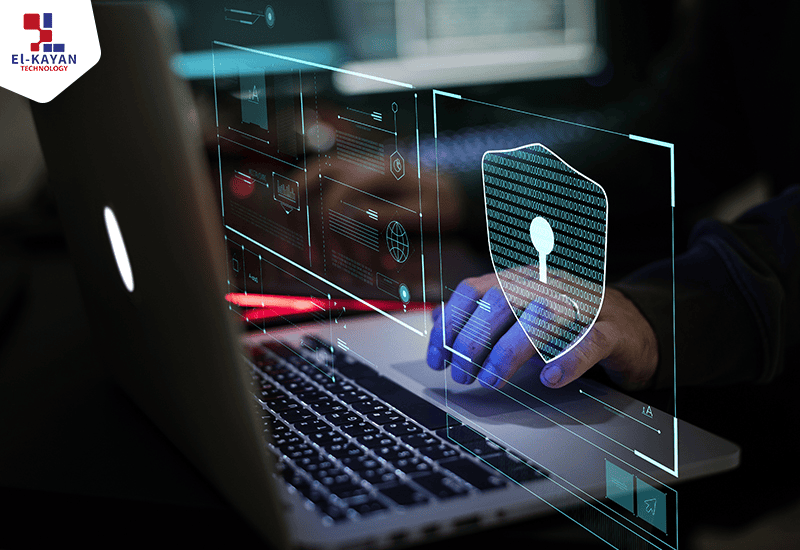


Ensuring IT security is crucial to protecting data and maintaining a secure and efficient computing environment, and the key is in the acronym CIA, which stands for
Here are some basic practices to adhere to:
Make sure all passwords are strong, unique, and changed regularly. Implement multi-factor authentication wherever possible to add an extra layer of security.
Update all software, operating systems, and firmware regularly, as updates often include patches for security vulnerabilities that have been discovered since the last software release.
One of the biggest risks to IT security is human error. Providing regular training to all users on the importance of security practices, including recognizing phishing attempts, proper use of the Internet, and safe handling of sensitive data.
Make sure to back up data regularly and store the backup copies in a safe place off-site. This is crucial for data recovery in the event of a cyber attack, natural disaster, or other data loss incidents.
Install and maintain reputable anti-virus and anti-malware software to protect against threats such as viruses and ransomware.
Use firewalls, encrypt sensitive data, and secure Wi-Fi networks. Regularly monitor and review networks for any unusual activity that may indicate a breach.
Ensure that physical access to critical infrastructure is secure, including server rooms and data centers.
Implement the principle of least privilege, ensuring that users have only the access they need to perform their jobs. Review and update these permissions regularly.
Create a plan for how to respond to security incidents. Test this plan regularly to ensure its effectiveness and that employees in the information security department know their roles in the event of a breach.
The world of IT security is always changing, with new threats emerging regularly, stay up to date with the latest security risks and trends.
Implementing the CIA terminology in information security guarantees you a strong organization capable of confronting most threats. By following previous practices, individuals and organizations can significantly reduce the risks of security breaches and protect their data and infrastructure from threats. It is also important to review and update security policies regularly to adapt to new threats and changes in Enterprise.